Our Pollinators are in Trouble – Your Lawn Could Make All the Difference
Our pollinators are dwindling at a terrifying rate. Approximately 28 per cent of North America’s bumble bees are at risk of becoming Extinct. And the eastern population of Monarch Butterflies have declined by 80 per cent in the last 25 years. The Western population seems to be faring even worse. These butterflies overwinter in the southern U.S. and the annual winter count conducted by the Xerces Society found less than 2,000 Monarchs in the region. And sadly they’re not alone. So many more pollinating species are struggling to survive.
But this is not the time to feel hopeless! If anything, we all – each and every one of us – need to feel empowered to help. Because there’s plenty we can do on our properties to aid these incredible pollinators. Look no further than your lawn.
What can a patch of grass do to save our pollinator species? It turns out, quite a lot! And you don’t need to rip up all of your grass and replace it with a wildflower garden. In fact, you can start small. Even if you take a quarter of your lawn and apply the following best practices, you’ll be making a real difference for our pollinators.
Ready? Let’s get to work!
1. Mow a little less!
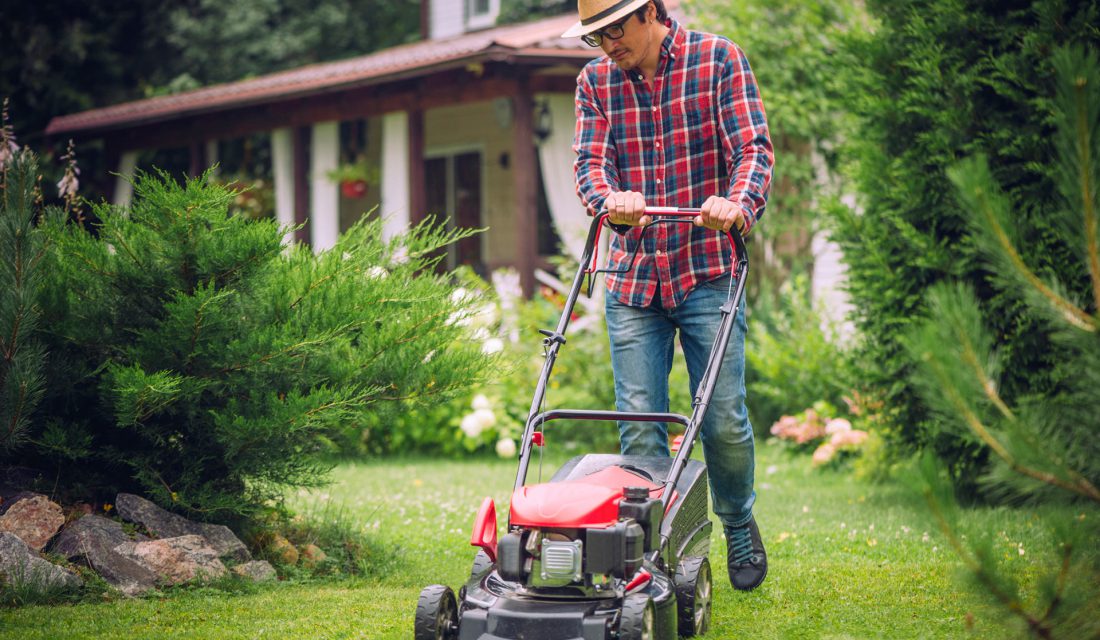 We get it. There’s something so satisfying in seeing a neat, cut lawn. Heck, even the smell of cut grass is lovely. But it comes at a cost. And pollinators are paying the price. When you mow your lawn a little less often, you’ll see more bees and also more varied kinds of bees. A researcher at the USDA Forest Service’s Northern Research Station found that there were plenty more bees found when lawns were mowed every other week.
We get it. There’s something so satisfying in seeing a neat, cut lawn. Heck, even the smell of cut grass is lovely. But it comes at a cost. And pollinators are paying the price. When you mow your lawn a little less often, you’ll see more bees and also more varied kinds of bees. A researcher at the USDA Forest Service’s Northern Research Station found that there were plenty more bees found when lawns were mowed every other week.
Moreover, did you know gas lawn mowers are terrible for the environment? If you push a gas lawn mower for an hour, it gives off just as much air pollution as a 160-kilometre car trip! So it’s best to limit your mowing time, if you can.
2. Plant short growing plants alongside or instead of grass.
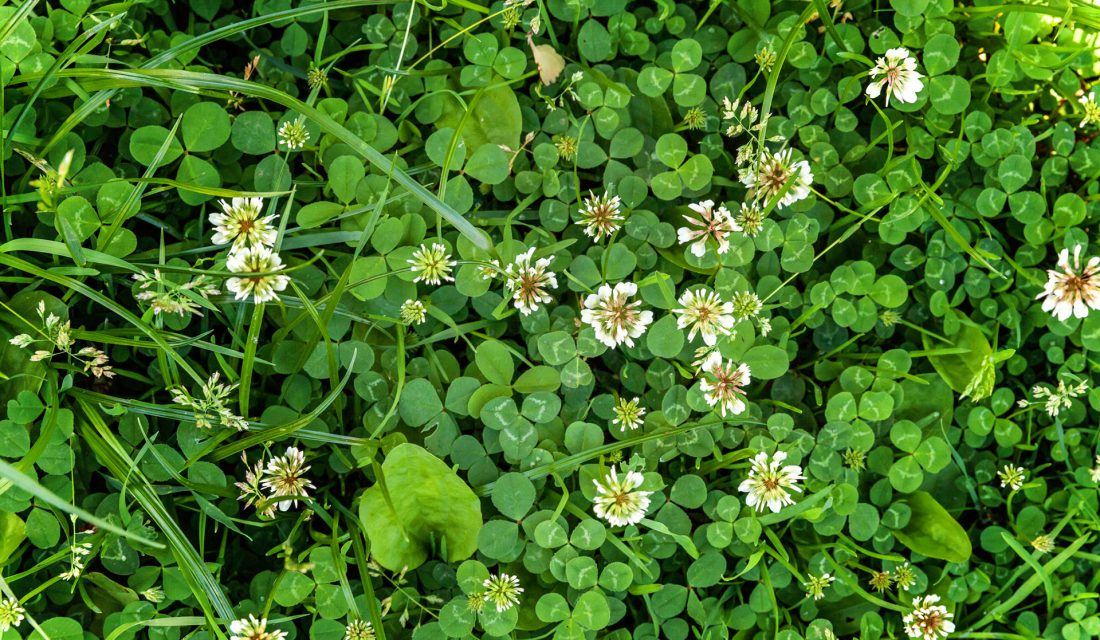 Many Canadians want to have a little patch of grass where their dogs can run around and their kids can play. But grass isn’t the only option! Two popular pollinator-friendly alternatives include clover and heal-all. Both are low growing and flowering plants that are incredibly beneficial to our nectar loving friends. Did we mention they’re just as short as grass at five to 11 centimetres in height? Plus they’re soft underfoot and don’t need to be mowed as often as regular turf grass!
Many Canadians want to have a little patch of grass where their dogs can run around and their kids can play. But grass isn’t the only option! Two popular pollinator-friendly alternatives include clover and heal-all. Both are low growing and flowering plants that are incredibly beneficial to our nectar loving friends. Did we mention they’re just as short as grass at five to 11 centimetres in height? Plus they’re soft underfoot and don’t need to be mowed as often as regular turf grass!
- Clover – If you decide to plant some clover, you’ll be offering an incredible source of pollen and nectar for our pollinator friends. Clover will bloom between May and October in full sun and in shade. And it’s actually quite a cheerful looking flower as well – white in colour with a pink or cream tint.
- Heal-all – If you decide to plant heal-all, you’ll provide a remarkable source of nectar for pollinator species. These pretty violet-coloured blooms will pop up between June and August and will thrive in partial shade to full sun.
You can absolutely grow these plants exclusively or right amidst the turf you’ve already got! It’s best to add the seeding in late fall or early spring. That way when the temperatures dip below 4C, it’ll be too cold for the seeds to sprout however the ground will not have frozen quite yet. This will give the seed the very best chance to germinate in the spring!
3. Mow during the day.
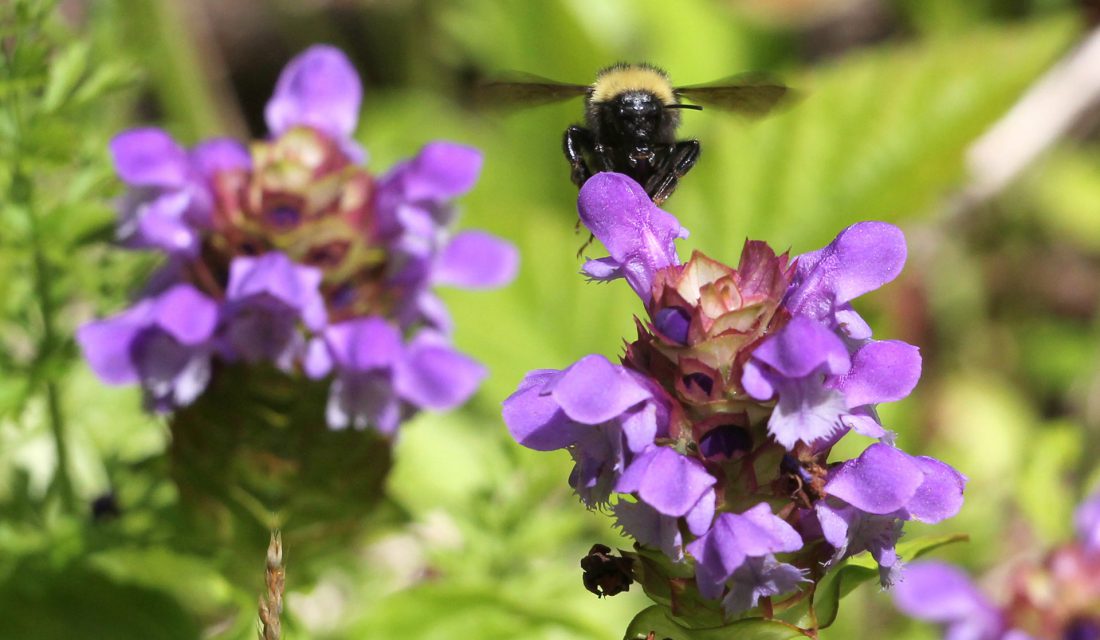 It’s best to mow your lawn when pollinator species like bees and butterflies are active. That means you’ll want to get the mower out during the day. If you wait until the evening, when the temperatures are a little cooler, you risk harming the pollinators. You see, these species often nestle into the grass to cool off during the evening and night. What about the pace? You’ll want to mow at a slower pace to give these beneficial creatures time to escape the blades.
It’s best to mow your lawn when pollinator species like bees and butterflies are active. That means you’ll want to get the mower out during the day. If you wait until the evening, when the temperatures are a little cooler, you risk harming the pollinators. You see, these species often nestle into the grass to cool off during the evening and night. What about the pace? You’ll want to mow at a slower pace to give these beneficial creatures time to escape the blades.
4. Ditch the pesticides!
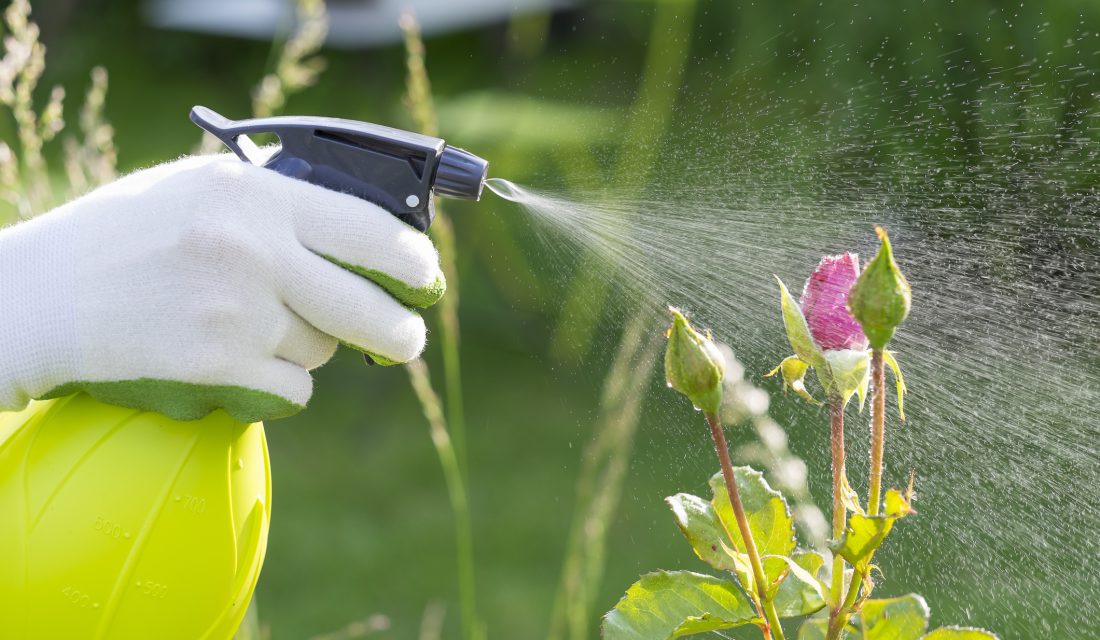
You might be inclined to reach for pesticides to get rid of a nasty pest, but it’s critical to avoid them at all costs. You see, pesticides aren’t targeted. Those grubs you want eradicated from your lawn in a hurry? You’ll kill them along with a number of other insects like bees, wasps, butterflies and other beneficial pollinators. Moreover, researchers have discovered that pesticides have a terrible effect on the reproduction, navigation and memory systems of pollinators like bees.
5. Swap fertilizers for compost.
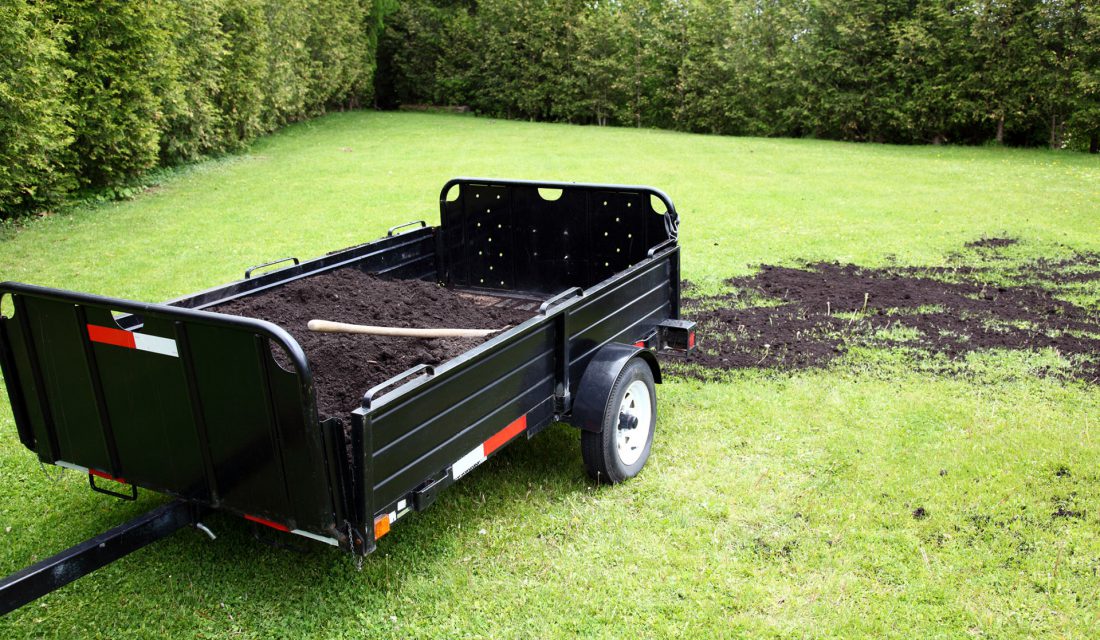 We all want healthy lawns, but you can absolutely achieve a healthy lawn without the use of fertilizers. Try sprinkling a thin layer of compost over your lawn in the spring to give it a healthy boost. Then be sure to leave your grass clippings on the lawn. It’ll make your life easier (because who wants to rake, anyhow?) and it’ll also release nutrients like nitrogen into the lawn.
We all want healthy lawns, but you can absolutely achieve a healthy lawn without the use of fertilizers. Try sprinkling a thin layer of compost over your lawn in the spring to give it a healthy boost. Then be sure to leave your grass clippings on the lawn. It’ll make your life easier (because who wants to rake, anyhow?) and it’ll also release nutrients like nitrogen into the lawn.
6. Embrace the dandelion.
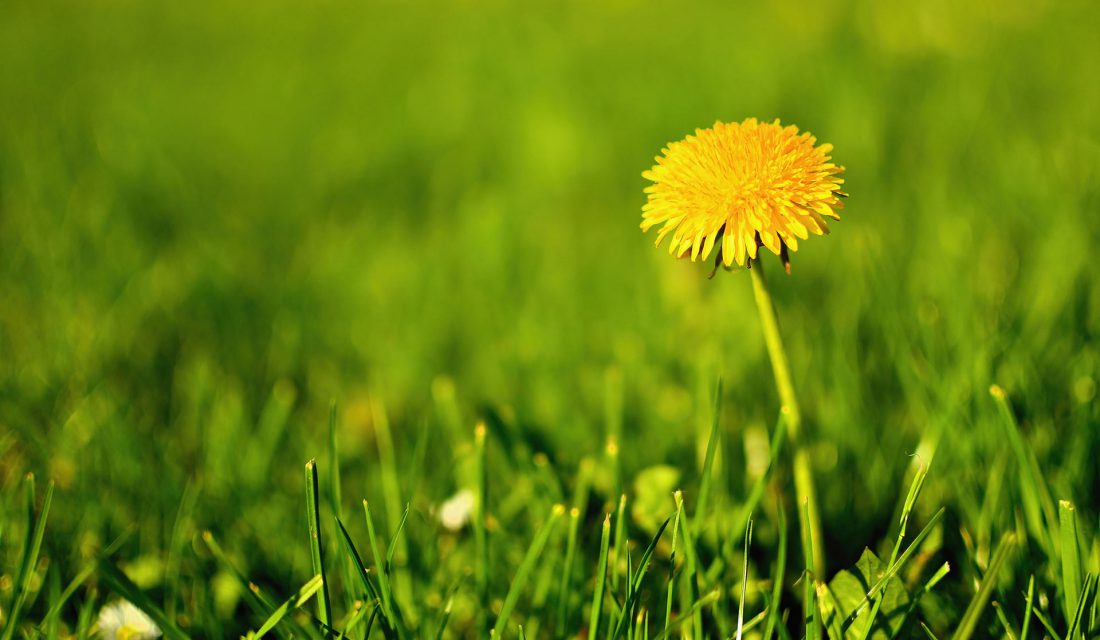 Dandelions get such a bad rep. People will go to great lengths to remove these lovely yellow posies from their lawns and consider them annoying weeds. However, they’re actually an incredibly beneficial flower that pollinators rely on early in the season. When pollinators like bees and butterflies emerge during the spring, there’s not always a ton of nectar-rich plants to choose from. That’s why dandelions are so important! They pop up early in the season and pollinators count on them to get them through the early spring days. So please resist the urge to dig them up or apply herbicide to them!
Dandelions get such a bad rep. People will go to great lengths to remove these lovely yellow posies from their lawns and consider them annoying weeds. However, they’re actually an incredibly beneficial flower that pollinators rely on early in the season. When pollinators like bees and butterflies emerge during the spring, there’s not always a ton of nectar-rich plants to choose from. That’s why dandelions are so important! They pop up early in the season and pollinators count on them to get them through the early spring days. So please resist the urge to dig them up or apply herbicide to them!
7. Leave the leaves!
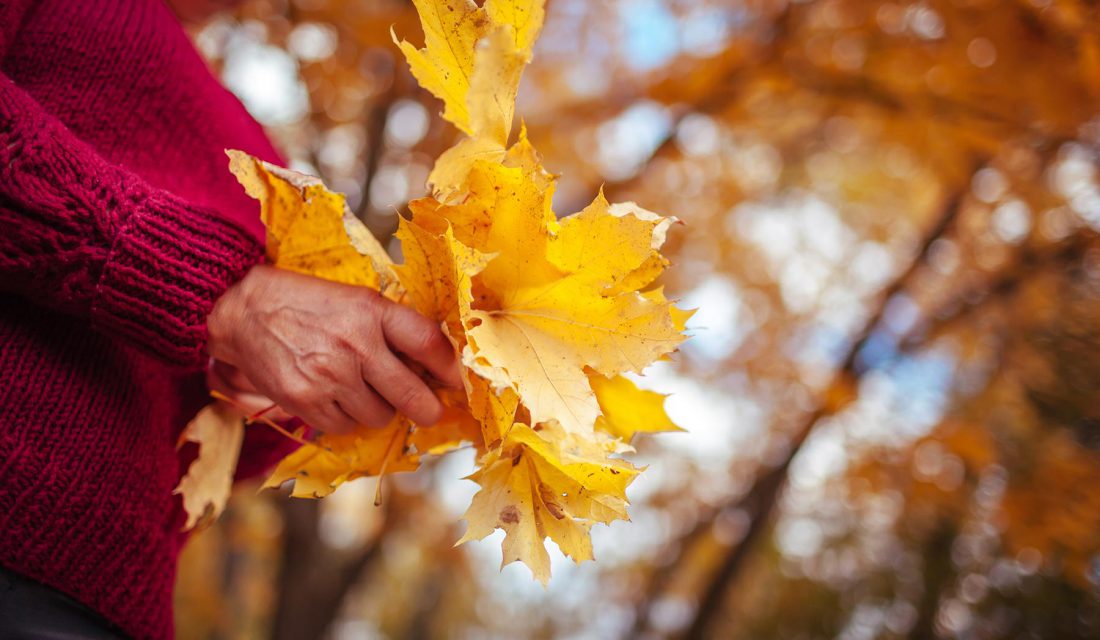 When temperatures dip in the fall, it’s tempting to dust off the leaf blower and go wild! But piling leaves – or worse – putting them in the bin, robs pollinators from a spot to shelter over the winter months. Aside from Monarchs, most butterflies (and also moths!) hunker down under the leaves in the winter. Sometimes they are in adult form, and other times they are in egg, larvae or chrysalis form. And they’re not alone. Bumble bee queens often burrow their way under about 2.5 to five centimetres of earth. All those leaves piled atop of them helps to shield them from cold wind, ice and snow. So leave the leaves! Many pollinating species will thank you!
When temperatures dip in the fall, it’s tempting to dust off the leaf blower and go wild! But piling leaves – or worse – putting them in the bin, robs pollinators from a spot to shelter over the winter months. Aside from Monarchs, most butterflies (and also moths!) hunker down under the leaves in the winter. Sometimes they are in adult form, and other times they are in egg, larvae or chrysalis form. And they’re not alone. Bumble bee queens often burrow their way under about 2.5 to five centimetres of earth. All those leaves piled atop of them helps to shield them from cold wind, ice and snow. So leave the leaves! Many pollinating species will thank you!

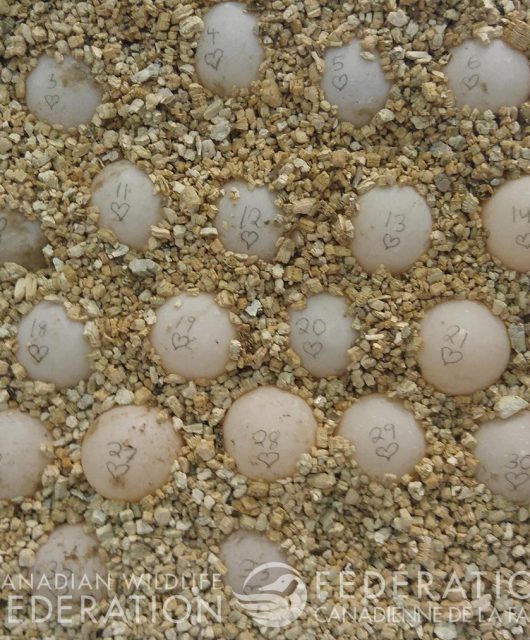
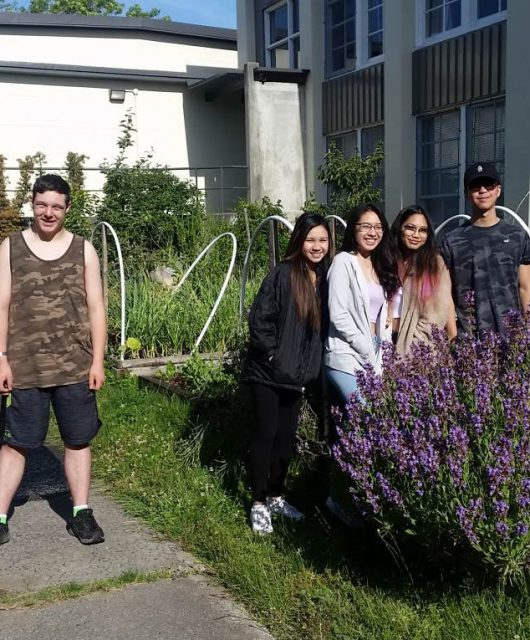
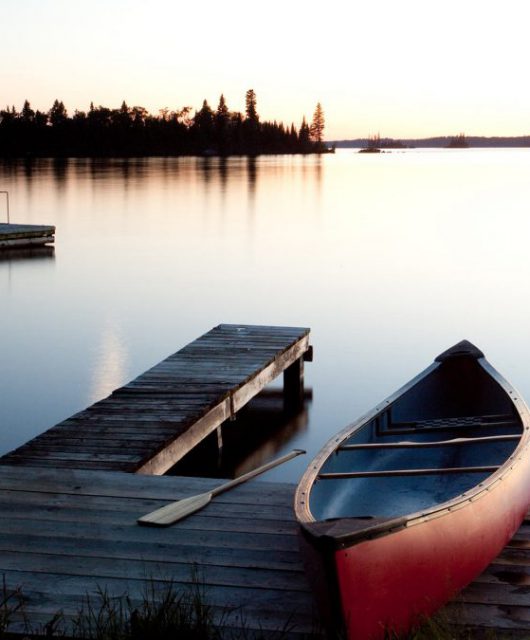
3 comments
Encouraging pollinators in a lawned area, makes me a little anxious about having youngsters playing in the grass. How can we make both things viable?
White (Dutch) clover, Heal-all and the most common form of dandelion are all introduced and potentially invasive species, not native to North America. Could you suggest native plantings to replace the introduced / invasives, (including Kentucky Blue Grass)?
Loved this issue … at 91 yrs am not able to do much outside but have passed on article to those who can. MarionJ